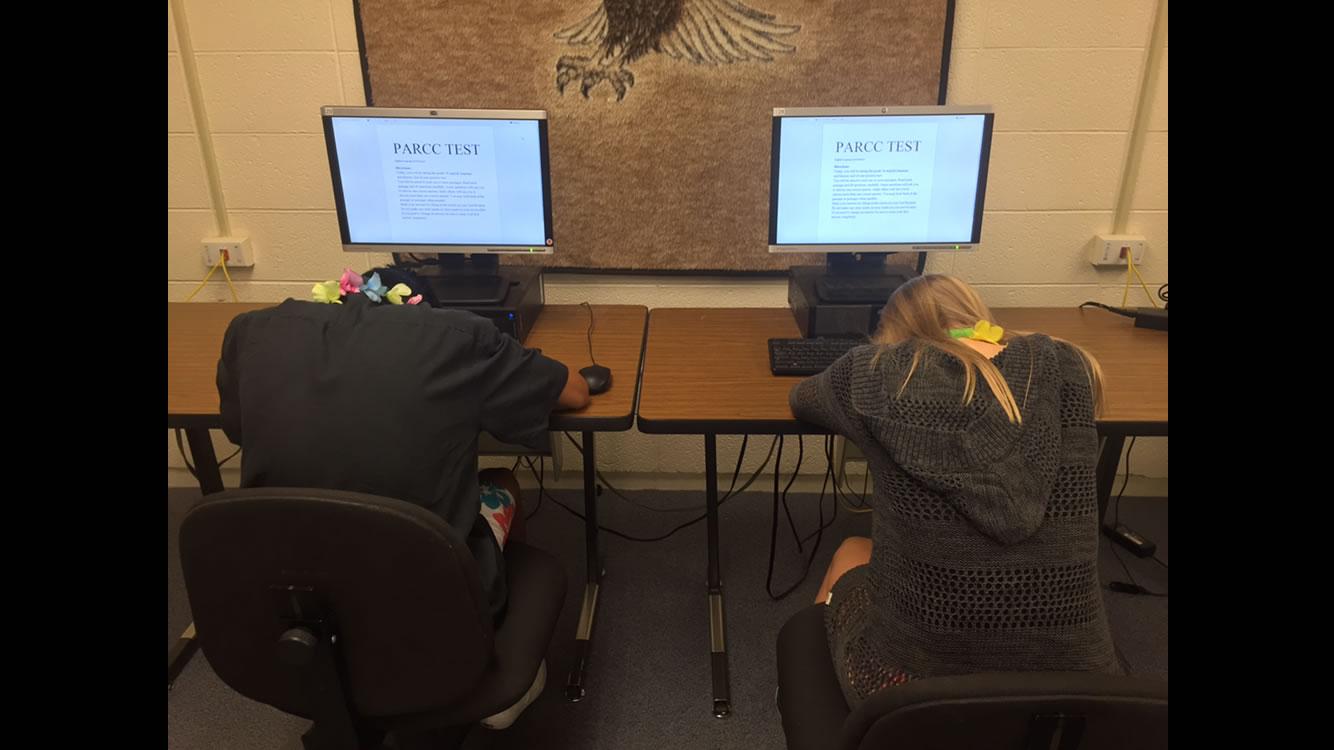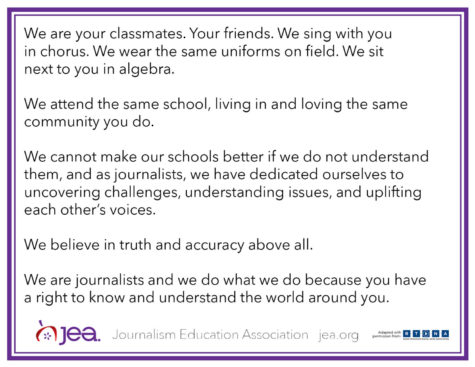PARCC Is CCRAP? It Seems Backwards
October 27, 2015
The new wave of standardized tests, which piloted last year for students in grades 3-11 across the nation, received mixed reactions to say the least. For example, BHS test takers almost unanimously agreed that the nature in which the tests were proctored was half-hearted, and the convoluted software and interface were ineffective.
“It was a crappy interface on the computer instead of pencil and paper like I learned to take tests, and it was very confusing, unlike past tests like CSAP. CSAP was so much better,” sophomore Jared Licht said, recounting past standardized tests.
Many students experienced difficulties with the unreliable technology they were provided with to take the tests, which could have influenced their performances regarding focus and motivation drastically. Of course, the test correctors would be unaware of the students’ test-taking frustrations, unless students took the time to explain their troubles after the test.
“For one test, our wifi didn’t work, so we were all rushed finishing the tests and didn’t get as much time,” sophomore Piper Dumont said. “I liked that the people were tested on the level of math they were at that year, but I didn’t like that the tests were on computers. I would prefer to go back to pen and paper.”
There were even several problems with something as simple as logging in to the test. Although teachers who would be handing the tests did have to undergo training, when certain problems arose during the test, an administrator would most likely have to be brought in to assist in resolving connection issues. The wireless network for the school also tended to become overwhelmed when flooded with the numerous amount of students testing at the same time.
At the end of each test, there was a space provided to give opinions and feedback on the pilot-year assessment. A handful of people constructed five-paragraph MLA formatted essays in this feedback area regarding the numerous problems with the test as a whole. Students attempted to articulate themselves well in this essay to convey to the creators that that the test presented serious problems. For example, the illogical navigation, the content not fitting appropriately to the screen, and the choppy quality of an online assessment which created additional frustrations in an already high-stakes testing environment; students were not merely being critical for the sake of being mischievous teenagers.
Jared Licht had the same notion when he said, “In the review portion, I wrote down three paragraphs […] about how bad PARCC was, but I did it while trying to show I wasn’t just blowing the test off and that I actually was intelligent.”
Seemingly everyone who took the test wrote negative things about PARCC in the review portion of the exam. It has to be stressed that this test was in its pilot year, so that may account for a few of the problems. However, sophomore Sam Cave addresses an important element of the test deployment:
“Why would they give me a completely redesigned test when I have been taking and learning the format of the original tests since I was in third grade? Start the new tests with the third graders, not me.”
Unfortunately, dealing with the frustrations of the PARCC exam, or any standardized test, is something that we will have to deal with until school districts and government organizations decide to cut back. And, perhaps things may be changing in our favor. On Saturday, President Obama “announced new guidelines toward standardized tests, saying kids spend too much time taking ‘unnecessary’ exams in schools” (KTLA).





